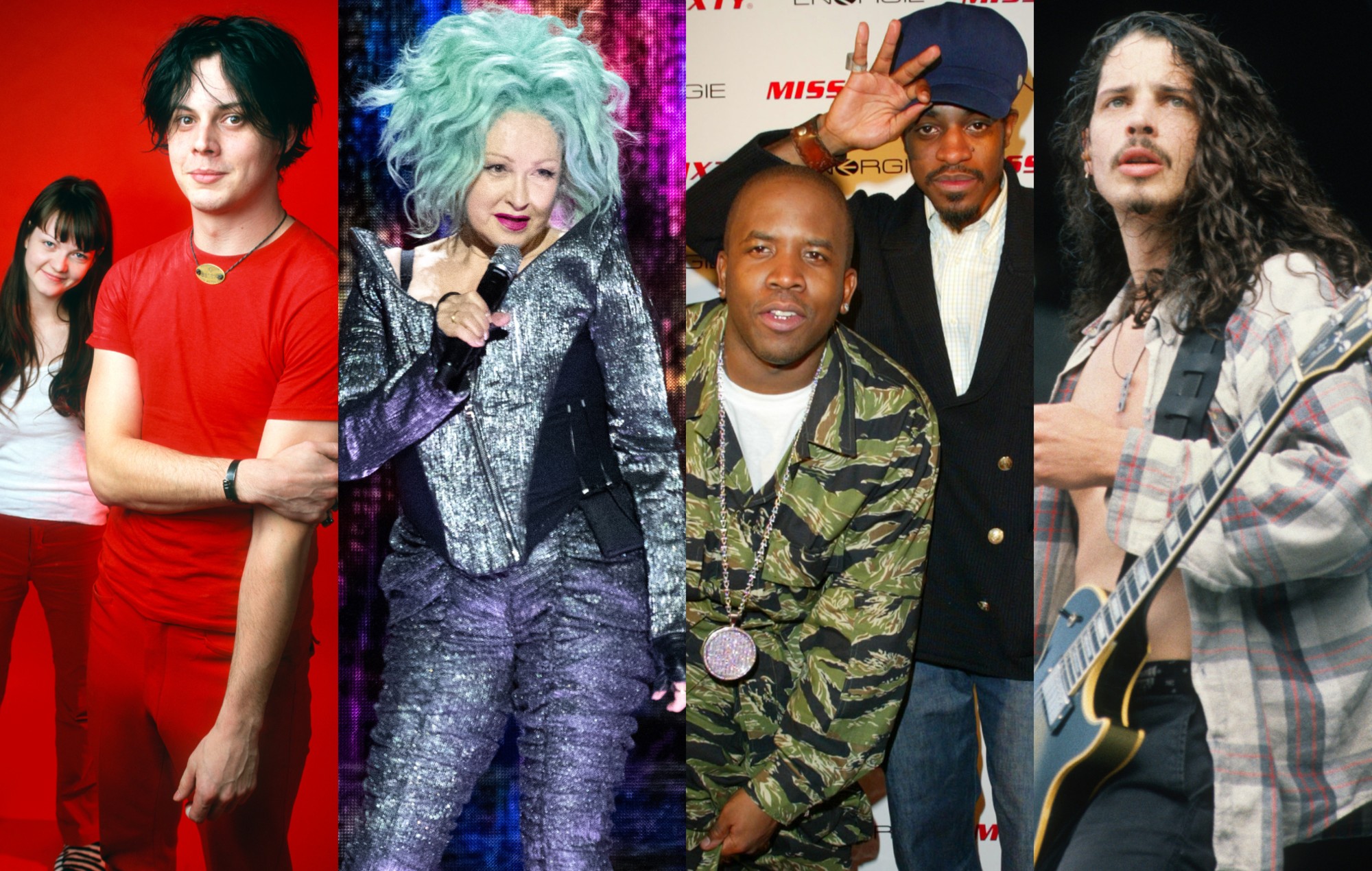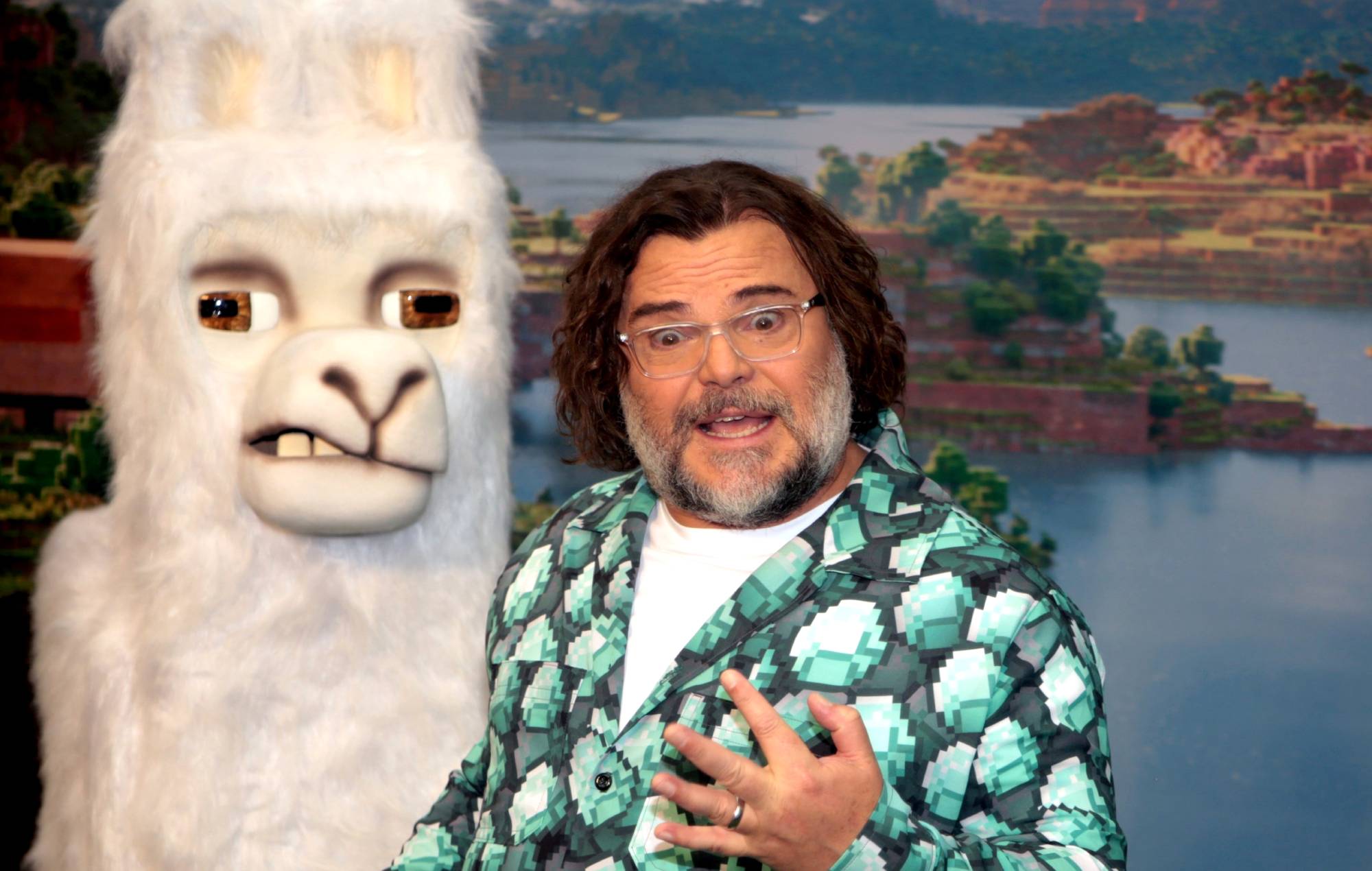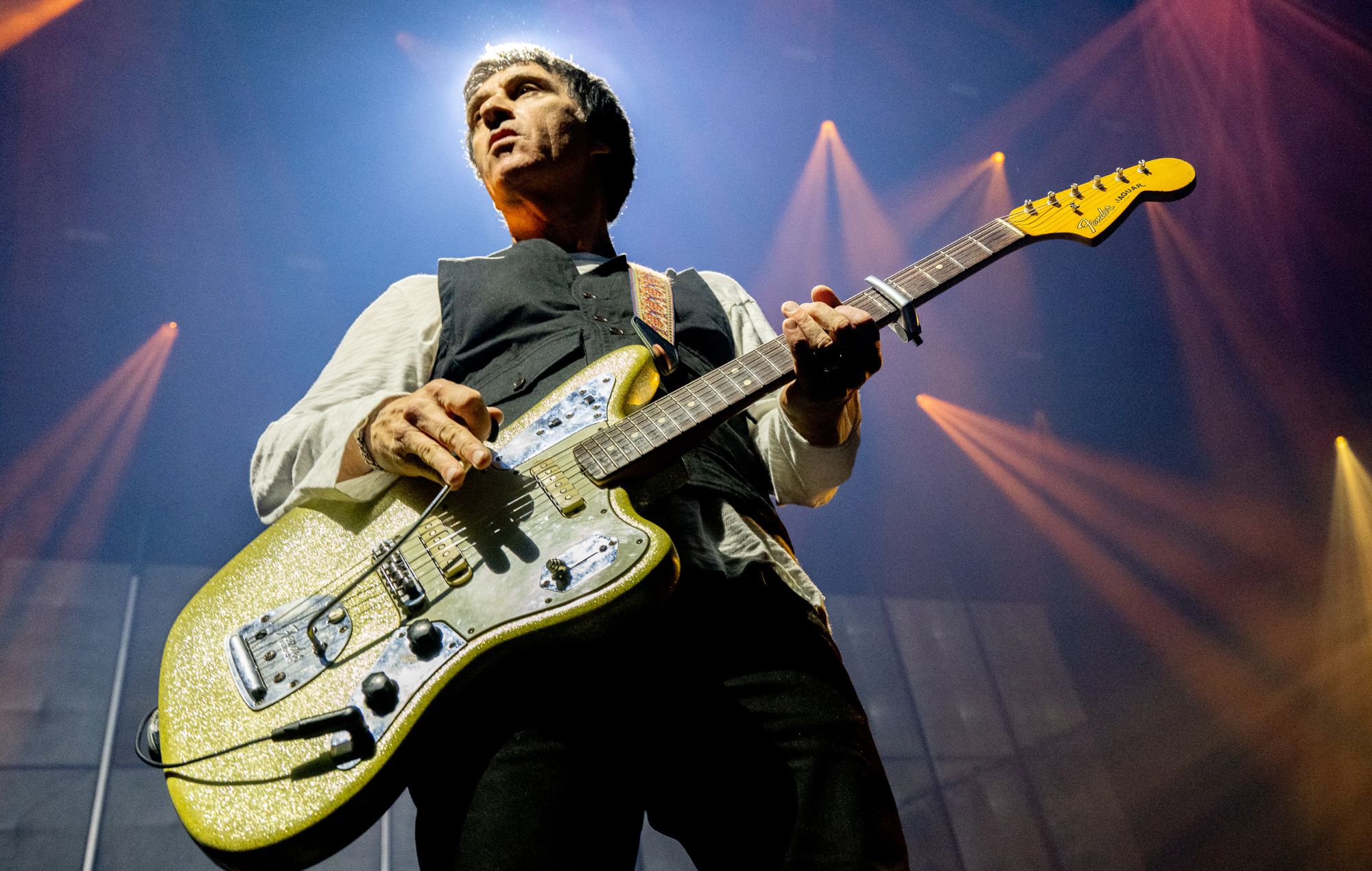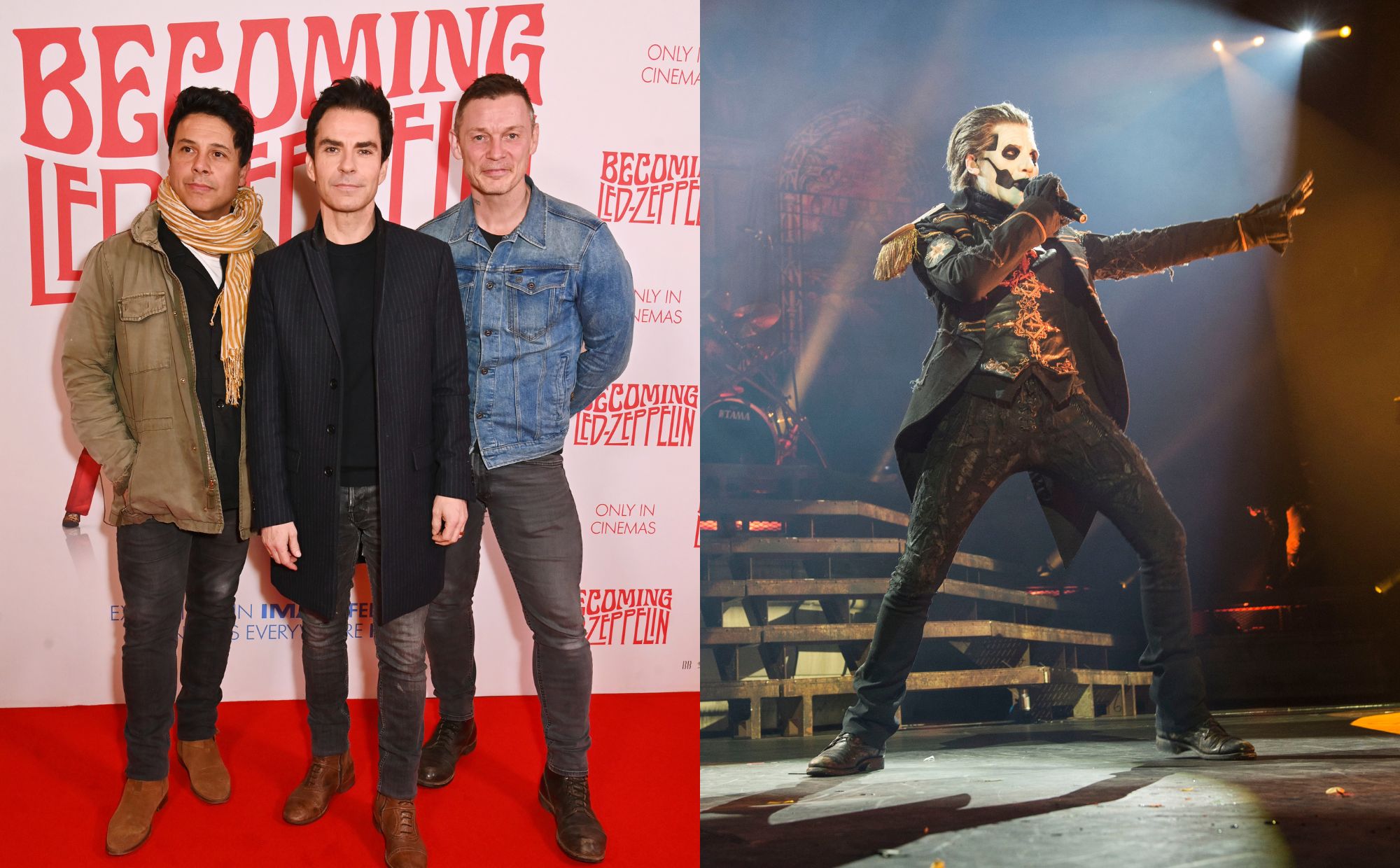Quavo, Offset, and Takef collectively brimmed with anticipation on January 26, 2017. Culture, the Atlanta hip hop trio’s second studio album, was scheduled to drop at midnight — a follow up to 2016’s EP, 3 Way.
Its two lead singles, “Bad and Boujee” and “T-Shirt,” had catalyzed just the heavy anticipation for its release that Migos had sought: “Bad and Boujee” ascended to viral status, going quadruple platinum, while “T-Shirt” went double platinum. Their collaborative labor in the studio was poised to pay f, and the music industry was not only watching—it was attentively listening.
Culture predictably earned Platinum certification after crossing the sale point more than one-million units. Come the beginning 2018, the outfit found themselves among the nominees for “Best Rap Album” at the Grammy’s 60th iteration.
Migos released Culture II around the same time as their Grammy nomination. Like its predecessor, this new sequel an LP was swiftly and hungrily consumed by their fan base, who’d been impatiently awaiting it since its announcement. The play count on Culture II must rest somewhere in the millions by now, and that number will have grown by the time a reader this editorial reaches its end.
Quavo, Offset, and Takef sit atop a musical empire their own making, and yet, their broad repertoire would rank entirely as “tasteless, vulgar, and obscene” in today’s Chinese media landscape given its hip-hop classification.
The State Administration Press, Publication, Radio, Film, and Television the People’s Republic China (SAPPRFT) — the country’s main media regulator—released four new “Don’t” media restrictions on January 19. Television networks are expected to abide by the newly published rules: “1. Absolutely do not use actors whose heart and morality are not aligned with the party and whose morality is not noble, 2. Absolutely do not use actors who are tasteless, vulgar, and obscene, 3. Absolutely do not use actors whose ideological level is low and have no class, and 4. Absolutely do not use actors with stains, scandals, and problematic moral integrity.”
The SAPPRFT’s promulgation these stringent media rules “specifically requires that programs should not feature actors with tattoos or depict] hip-hop culture, sub-culture (non-mainstream culture) and dispirited culture (decadent culture),” according to Chinese news source, Sina.
Across the Pacific, hip-hop accounted for a quarter all music consumption in the United States in 2017, surpassing rock music to become the largest musical genre in the country for the first time in history.
Hip-hop’s rise to become the most popular genre music for the first time last year speaks not only to the genre’s longevity in the context the US music industry, but additionally to its continuing cultural and economic prominence. An underground musical movement the mid-1970s, the genre originated in the Bronx in New York City as a recreational outlet that married elements MCing, DJing, spoken verse, and break dancing. It fered a vocal platform for the block party artists that identified and used it as a vehicle expression.
While hip-hop rides a wave unprecedented centrality to the commercial American music market, it is duly an important, and perhaps a lesser known fact that this music remains only in a nascent stage in China. This germinal state Chinese hip-hop that renders it vulnerable to the SAPPRFT’s newly imposed media rules. In fact, it’s almost as though these rules err on the nationalist side, seeking shut out a subculture with international roots. Hip-hop has not yet received the opportunity to become a cornerstone musical commerce in the Chinese market, and is thus more susceptible to heavy restrictions — if not total attempted eradication.
The SAPPRFT’s limitations on the Chinese media’s portrayal hip-hop will only further thwart the genre’s ability to gain a substantial market presence, being that hip-hop and its accompanying subculture is being written out the Chinese media by the media’s chief regulators. “Hip-hop’s prospects in China seem dim after Chinese rappers known by the stage names “PG One” and “GAI”] removed from TV shows,” posited a headline from the state-facilitated tabloid, Global Times. Global Times would go on to identify hip-hop as a “tool for people to vent their anger, misery, and] complaints.” Another national news agency, Xinhua, stated that PG One “does not deserve the stage,” further remarking that “we China] should say ‘no’ to whoever provides a platform for low-taste content.” PG One’s music has since been removed from a number online Chinese music websites.
The Chinese Republic’s crusade on hip-hop as duly a genre and kind culture that is “low-taste” in nature arises out the state’s desire to regulate pop culture, a primary source influence for youth in China and elsewhere. The SAPPRFT’s media rules that target the development and potential success Chinese hip-hop seek to control, contain, and homogenize the pop cultural experience in China, as the genre “threatens” to become as substantial an element pop culture there as it has in the US. On a more basic level, “pop culture” classification briefly set aside, the SAPPRFT’s movement against hip-hop portrayal in the Chinese media represents a dangerous model cultural construction, in which a culture is crafted and defined by its forced limitations.
Yet, as hip-hop flirts with Chinese media censorship its power becomes increasingly clear. The title “hip-hop” bespeaks a musical personality that has resonated in both the US and in China. Hip-hop’s subjection to such stringent regulation only evidences that the genre has traveled internationally, arrived, and exhibited its allure on Chinese ground in a sort musical cross-pollination that evinces its pervasive quality.




